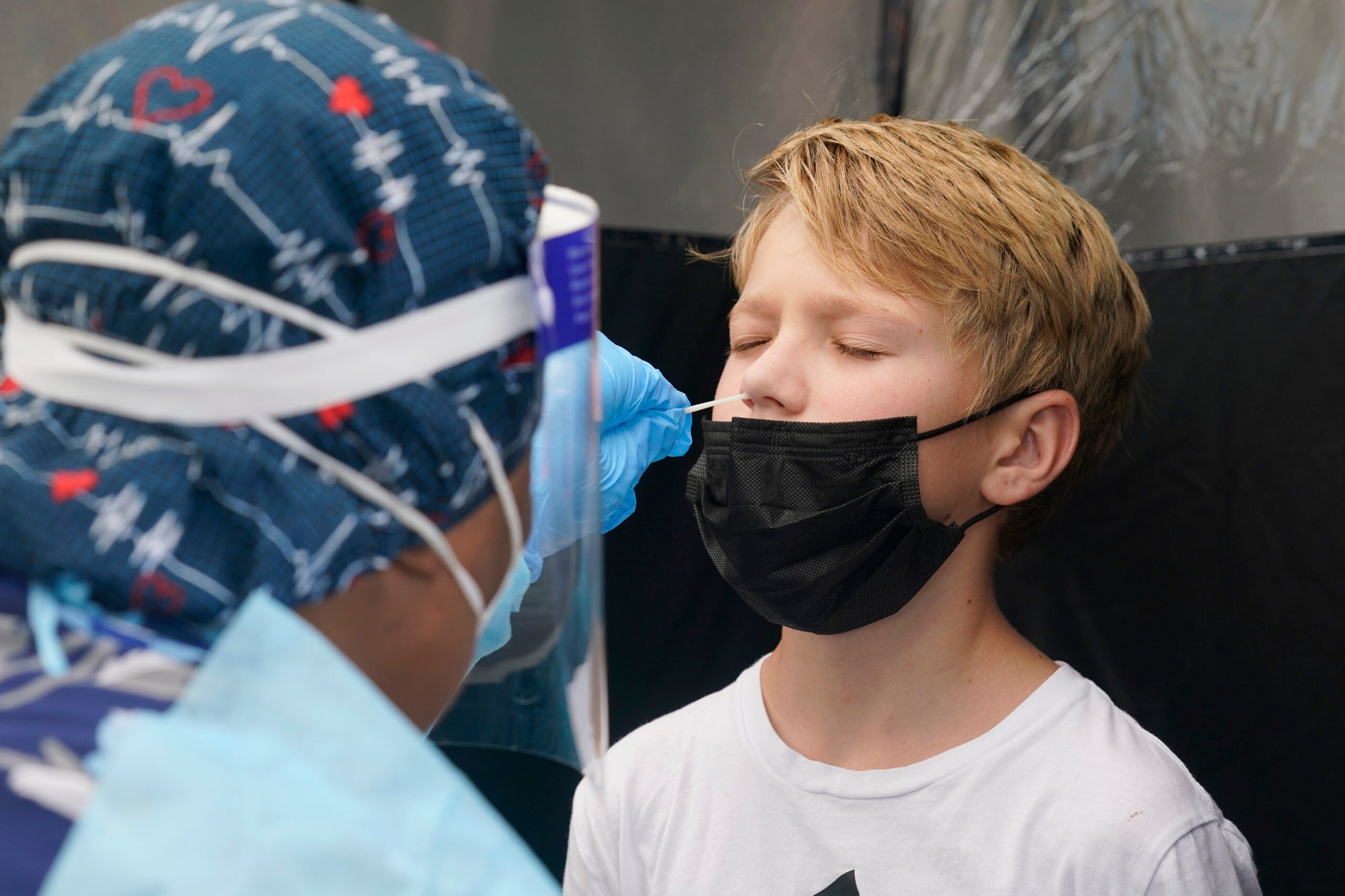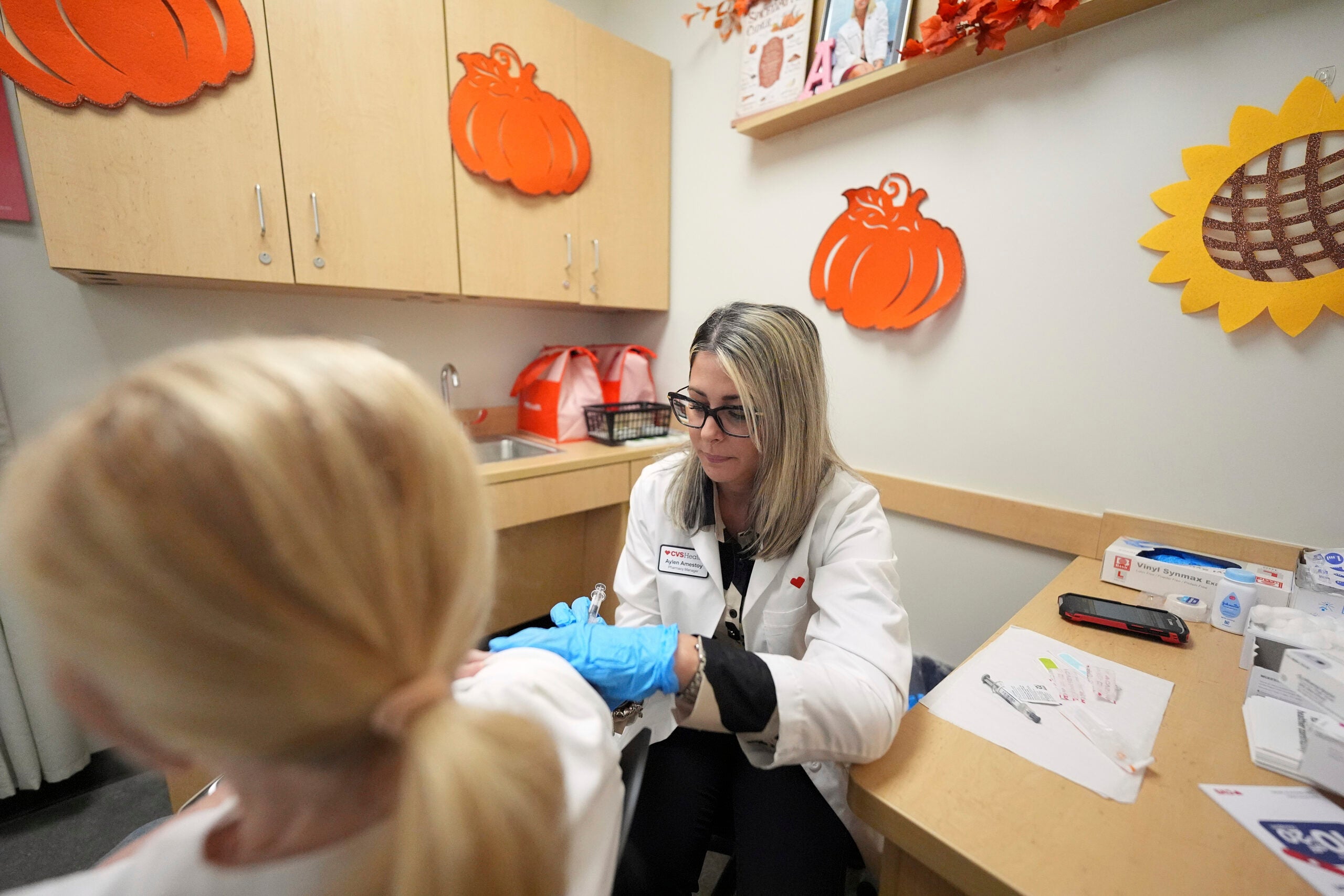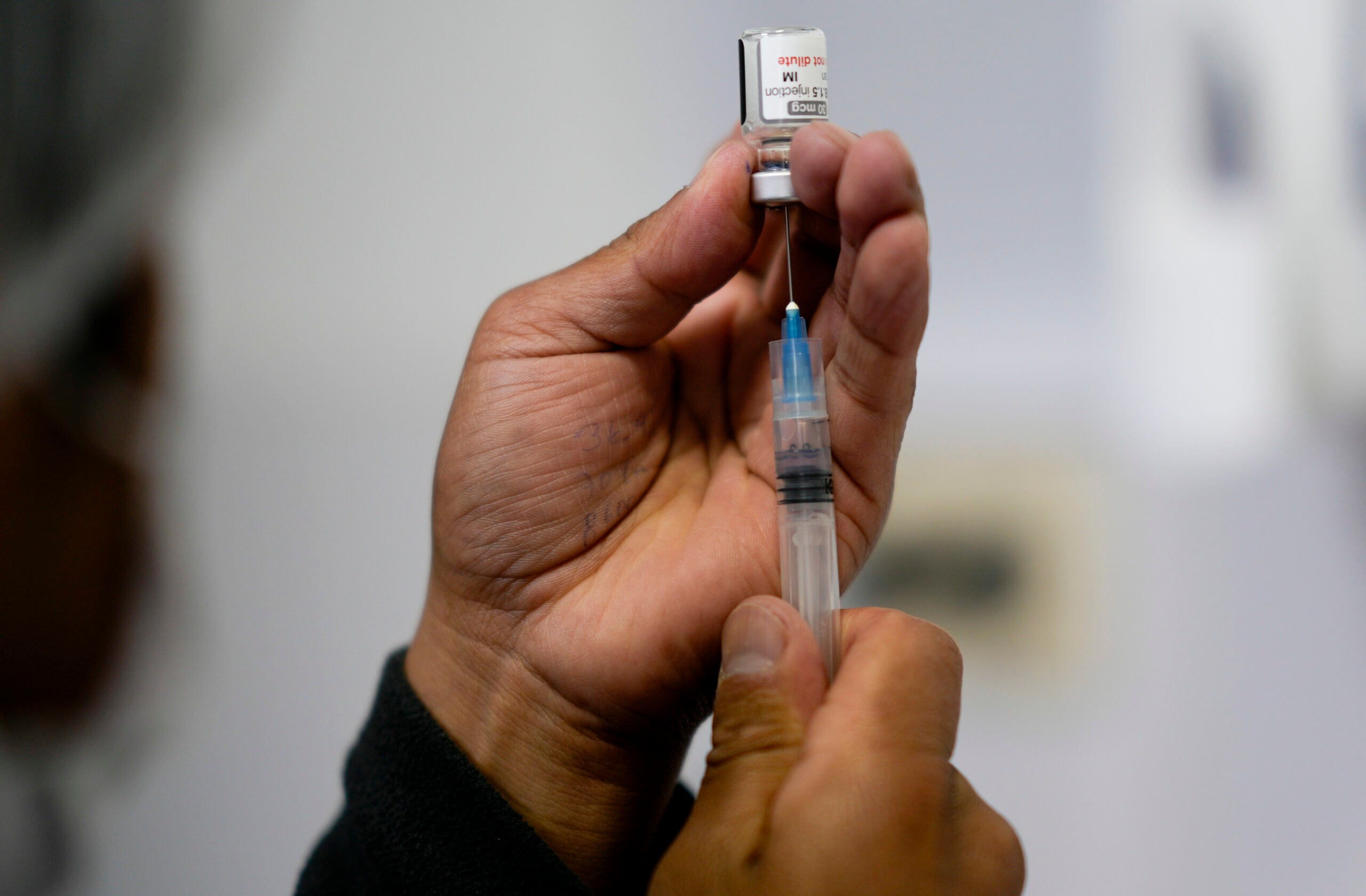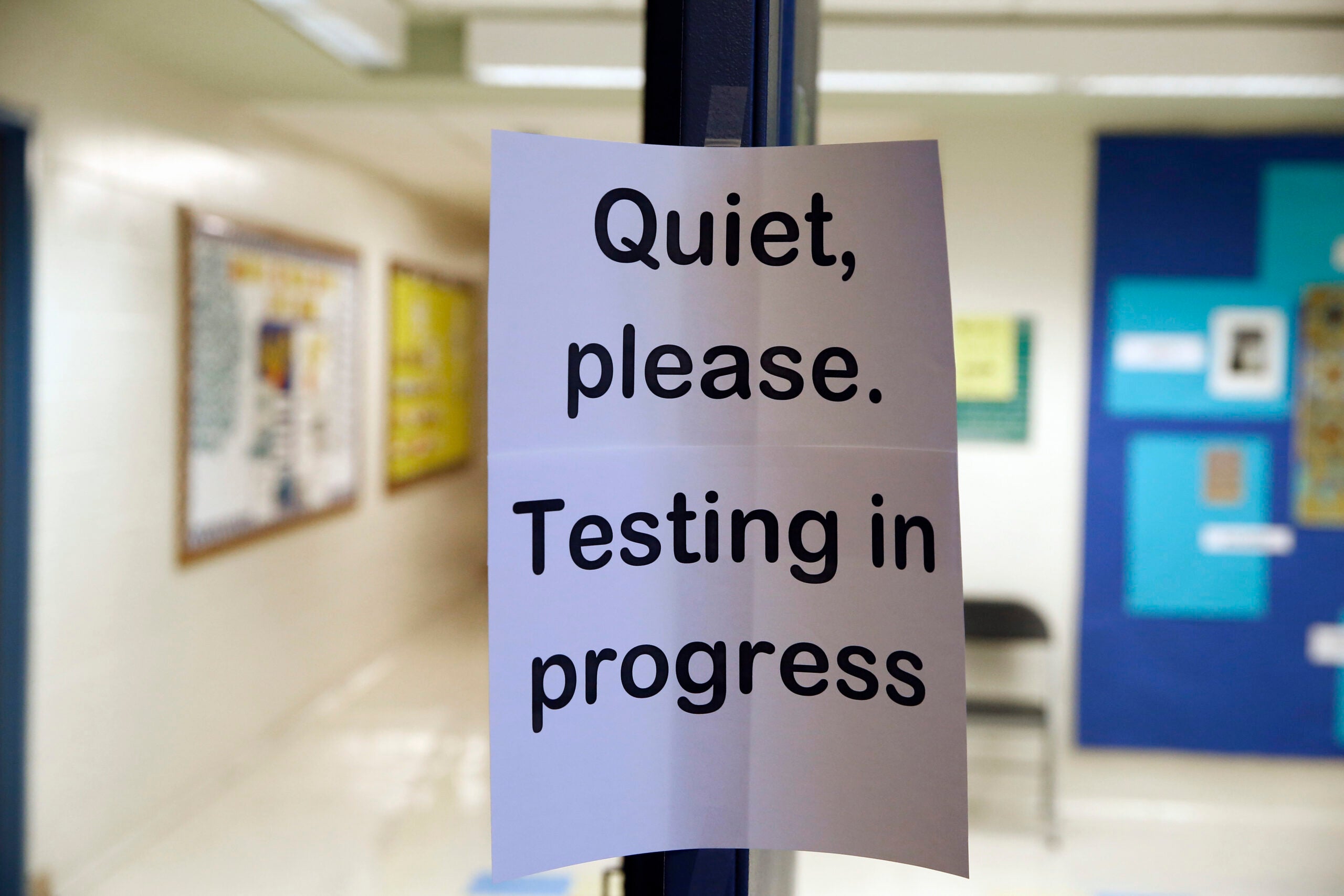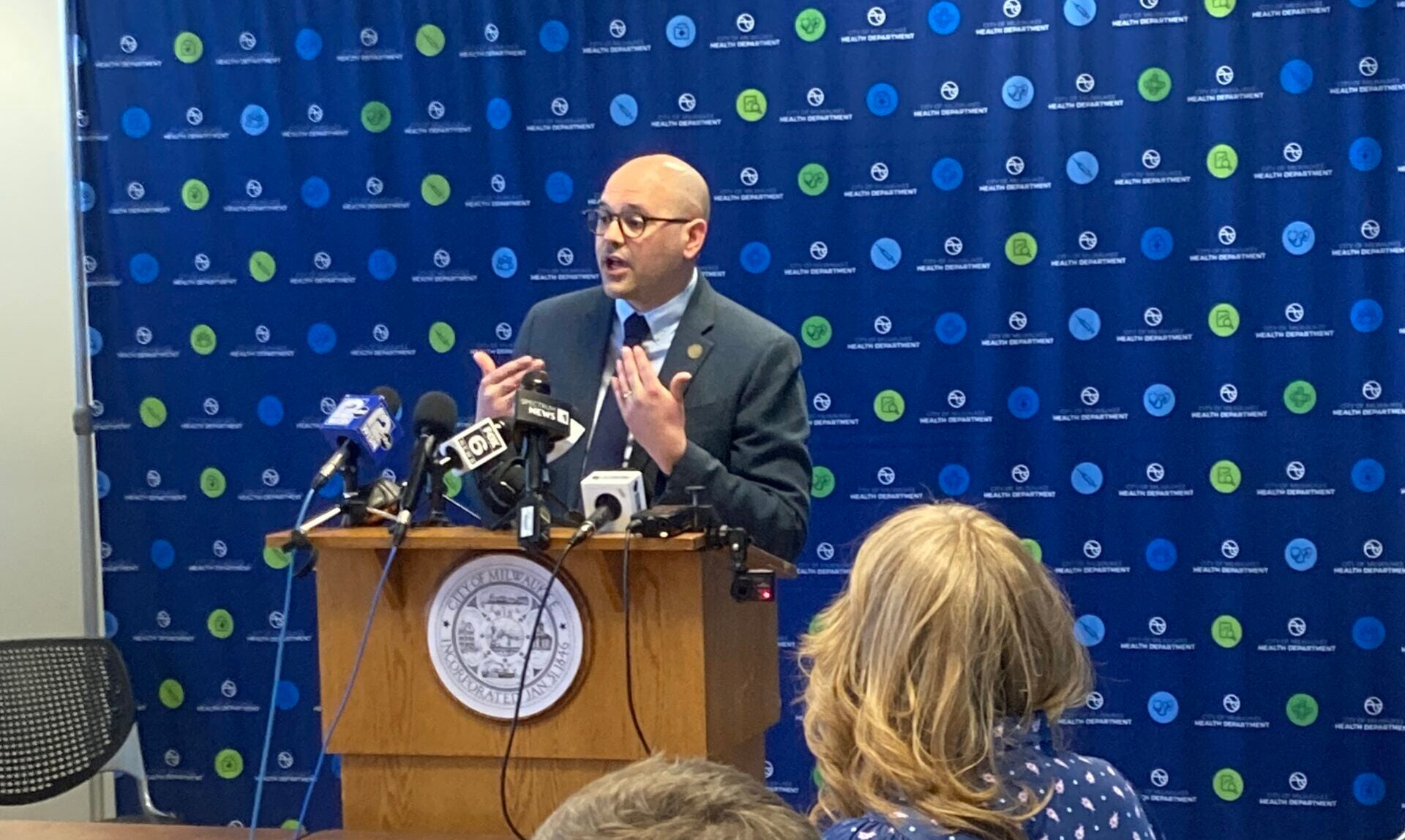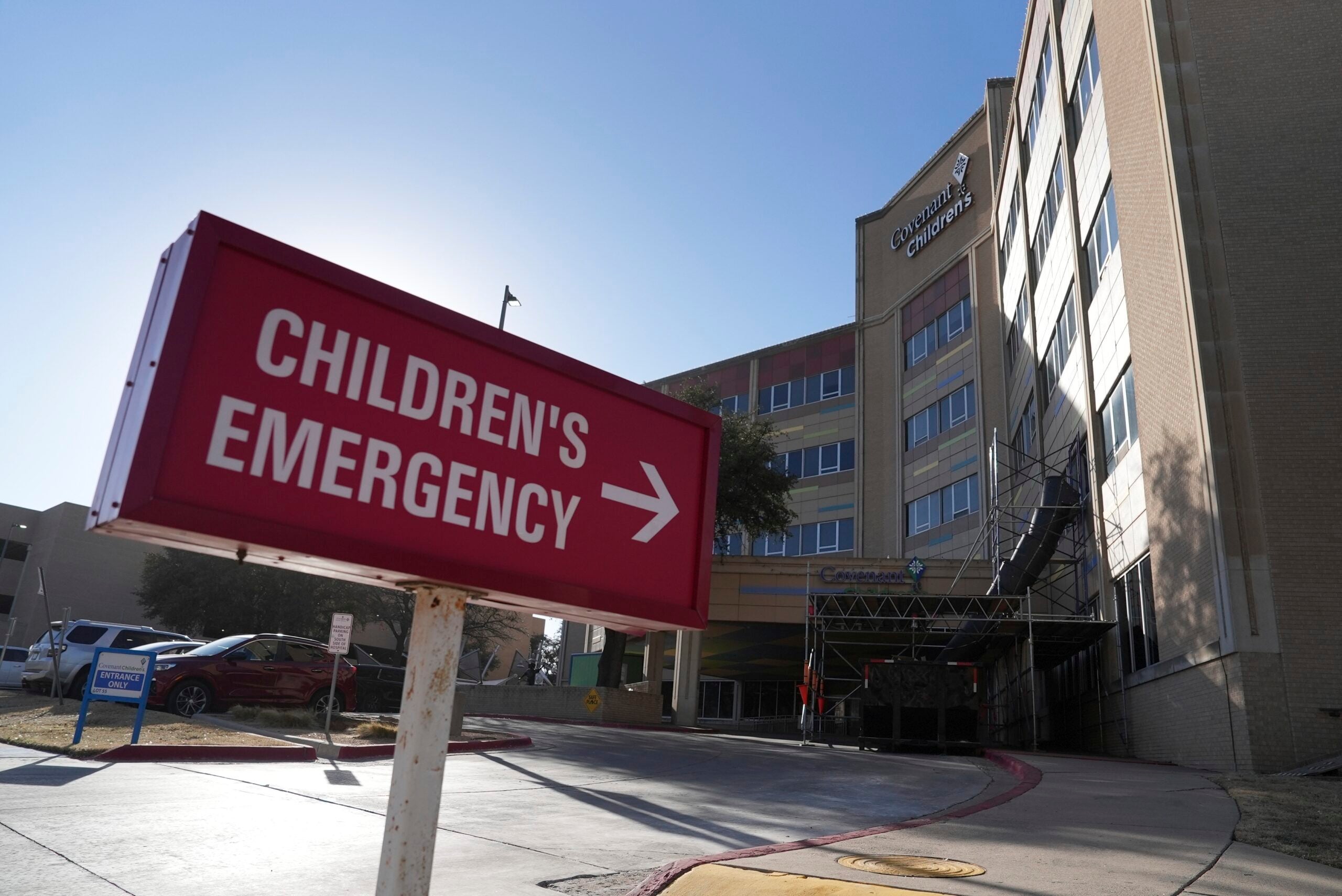Forty of Milwaukee Public Schools’ 152 schools started classes Monday. By the end of the day, they had reported 13 cases of COVID-19, which was up to 53 by Thursday.
The cases were detected too early to have been contracted at school — doctors typically recommend getting tested for COVID-19 three to five days after possible exposure, as earlier tests usually won’t catch it — but point to a trend that will be repeated as most Wisconsin school districts start classes after Sept. 2.
The state Department of Health Services reported that the seven-day average of new COVID-19 cases in Wisconsin was 1,223 on Wednesday, the highest it’s been since February. Statewide, the level of COVID-19 activity is “high,” and in Milwaukee and 11 other counties, it’s “very high.”
News with a little more humanity
WPR’s “Wisconsin Today” newsletter keeps you connected to the state you love without feeling overwhelmed. No paywall. No agenda. No corporate filter.
Because schools can’t be separated from their larger communities, some of those cases will spill into schools, as well, said University of Wisconsin-Madison pediatric disease researcher Dr. Greg DeMuri. Those are “primary cases,” or cases of COVID-19 that were picked up at home, at birthday parties and other places in the community. He said the more concerning question is whether there are “secondary cases,” or cases of COVID-19 that were transmitted between students and staff within the school.
“Those are the ones that we really worry about,” he said. “That’s the one that tells you, ‘Hey, it’s dangerous for kids to be in school.’”
DeMuri said the breakdown of primary versus secondary cases might not be reported publicly because of student privacy concerns, but school districts and local health departments are often tracking in-school spread. However, parsing out where someone catches COVID-19 requires contact tracing.
“There are actually some school districts in Wisconsin that are not doing contact tracing and case detection, and that’s very disturbing to hear,” he said. “You don’t know if there’s something going on unless you’re really checking for it.”
Research from last year showed that secondary cases in schools were very low as long as schools were taking consistent precautionary measures, like universal mask-wearing and social distancing as much as possible. The Centers for Disease Control and Prevention, as well as DHS and the Wisconsin Department Public Instruction, have recommended universal masking and 3 feet of social distance, increasing to 6 feet when kids have their masks off to eat. However, many school districts in Wisconsin are not requiring masks this school year.
In the Burlington School District, where school won’t start until Sept. 7, 16 unvaccinated football players are already quarantining because they were exposed to another player who tested positive for COVID-19. DeMuri said that research from last year showed most secondary cases of COVID-19 in schools came from sports.
“Kids oftentimes don’t wear a mask, they socialize outside of sports — after that soccer game they go out for ice cream, or they have a spaghetti dinner before football practice, those kinds of things,” he said.
Schools may also report more cases of COVID-19 this year because they’re testing for them. DHS is using federal relief funds to support a free COVID-19 testing program within schools that allows them to set up regular surveillance testing, testing for people who may have come in close contact to the disease and testing when the school has had a COVID-19 outbreak.
“It’s a good way to get them identified, and if it’s positive, get them home and get them isolated,” said DeMuri. “Accessible testing in schools, or near schools, can really identify kids quickly and get them out of circulation — and that protects other kids in their environment.”
The delta variant is more contagious than previous strains of COVID-19, and hospitalizations of children are up in Wisconsin and around the country. Health officials are worried that without masks, children will be more likely to spread and contract the disease. At the same time, there are fewer pediatric ICU beds to treat them because of an unusual spike in cases of respiratory syncytial virus, or RSV — a disease that usually peaks in the winter months.
“The big concern is that as infections of COVID-19 increase across the board, that could very well translate to higher numbers of children being hospitalized on top of this already interesting and unusual surge in non-COVID respiratory infections,” said Dr. Ryan Westergaard, Wisconsin’s chief medical officer, during a media briefing. “It adds some urgency to the precautions we must take to prevent transmission from reaching our schools and other settings where our young people are, because our hospital resources to take care of critically ill children are finite.”
Wisconsin Public Radio, © Copyright 2025, Board of Regents of the University of Wisconsin System and Wisconsin Educational Communications Board.

